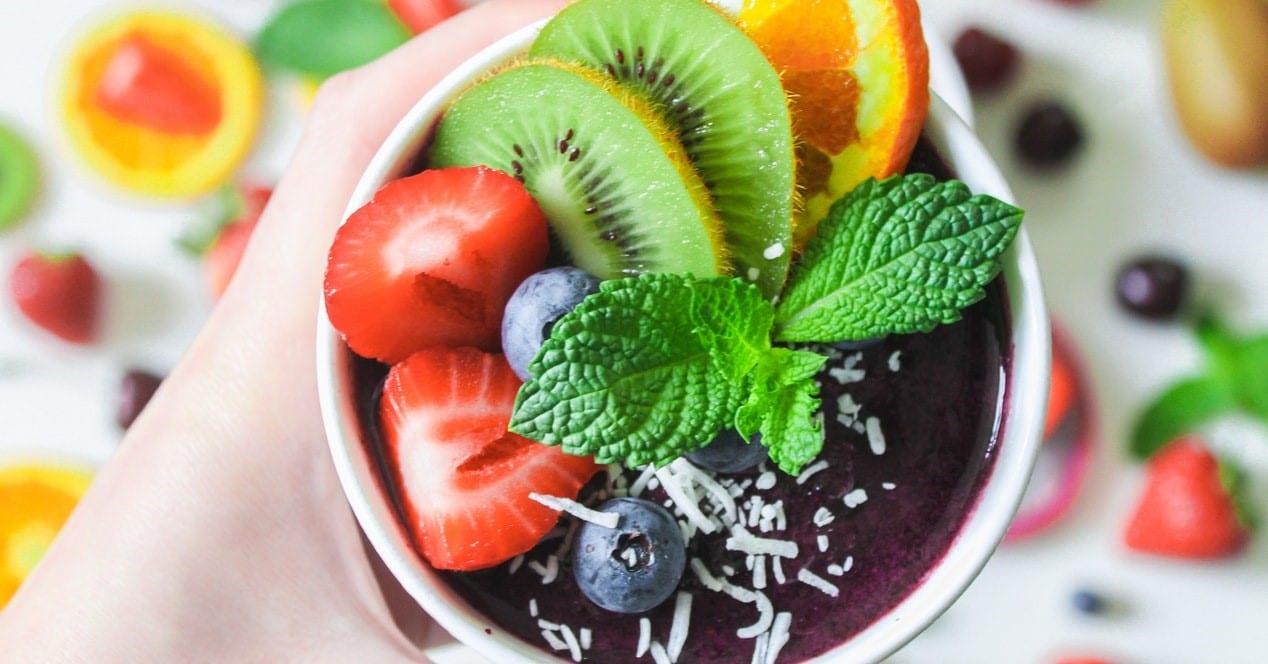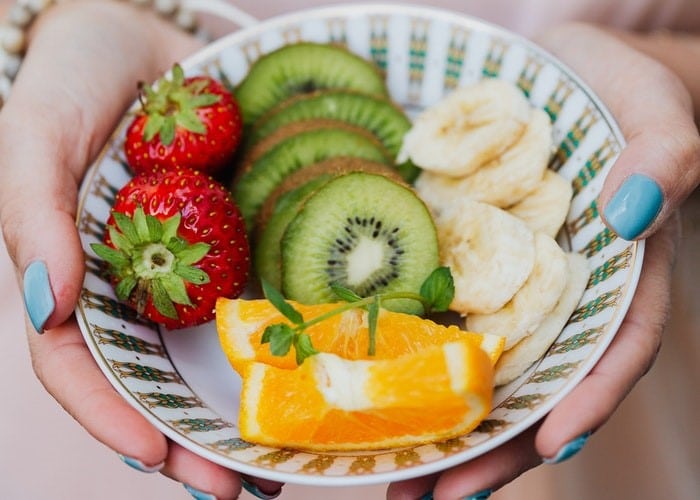
Vitamin C is one of the best known and most coveted vitamins in the world. So much so that many people take supplements every day or foods enriched with it to double the benefits, but be very careful with this. Vitamin C does not accumulate in the body, nor does the more we take, the better, but it has severe contraindications due to excess.
When talking about vitamin C we always think of orange or tangerine, but really kiwi is one of the fruits with the highest percentage of vitamin C. Throughout this text we will discover what other foods are rich in this essential nutrient.
Vitamin C is essential
It is a vitamin that serves us for a multitude of important functions that our body performs at all times such as tissue regeneration and repair, form proteins that make skin, tendons, ligaments, and blood vessels, heal wounds, heal wounds, protects against natural vision loss due to age, reduces the risk of diseases, protects the heart, keeps eggs, teeth and cartilage healthy and strong, acts as an antioxidant and prevents degenerative diseases such as Alzheimer's, prevents us from arteriosclerosis and cell mutation that gives rise to cancer.
As we can see, it is an essential nutrient, and on top of that, it is something that our body does not synthesize, so we need to ingest it daily. This is where the problems come, since it is not good to exceed the maximum amount or create a deficit.
For adults, an amount of 65 mg to 90 mg daily has been established., and excess, above 2.000 mg daily can cause diarrhea (even acute), nausea, vomiting, stomach pain, colic and heartburn, insomnia, headaches, etc.
A vitamin C deficiency (severely) produces scurvy, which is a serious disorder that causes bleeding, anemia, and bleeding gums. Although as a general rule this level is not reached, a "normal" deficiency of vitamin C can cause weakness, tiredness, irritability, indefinite pain, joint swelling, inflamed enzymes, etc.

Main foods rich in vitamin C
We have spent our whole lives believing that oranges are the food that has the most vitamin C, and it is not true. They are very healthy, of course, and we recommend them in juices and whole, but there are other foods richer in this nutrient and we are going to get to know them.
hot pepper and sweet pepper
A confrontation where the hot pepper wins by a landslide, since the hot green pepper gives us 120 mg and red chili 225mg compared to sweet red pepper, which is 152 mg.
Therefore, if we like spicy and exotic food we are well nourished with vitamin C, but be very careful, since they are usually foods that cause health problems in the long run. This is why it is convenient to create healthy lifestyle habits with a very varied diet.
Aromatic herbs
We refer to parsley that can be used at almost any time, basil, thyme and chives. These aromatic herbs provide vitamin C and almost as much as oranges.
For its part, parsley provides us with up to 190 mg per 100 grams of weight, obviously no one takes that amount of parsley, but if we add a little several times a day, we will have a decent amount of vitamin C in the body, together with the rest. food we eat throughout the day.
Chives have 60 mg per 100 grams of product and basil 61,2 mg of vitamin C per 100 grams of product and thyme has 45 mg. So parsley wins by a landslide.
Black currant
Is there a more exquisite red fruit than this? No, it does not exist and it is that you can do almost anything with blackcurrants, from eating them whole, making jam, crushing them and creating a topping for desserts, making ice cream with currants, adding them to yogurt with other varieties of fruit, sauce of currants for some types of meat and fish, etc.
Well, this exotic and delicious fruit gives us almost 160 mg of vitamin C for every 100 grams of product, so with a spoonful or two of your jam we are already doing well with this vitamin for a day.

Strawberry, kiwi, melon and papaya
There are 4 fruits that are quite easily found in greengrocers and in the greengrocers section of supermarkets, but there is also another more exotic fruit called guava. These 5 contain an interesting amount of vitamin C per 100 grams of product.
The melon provides 67 mg, the strawberries 60 mg, the kiwi 59 mg, the papaya 64 mg and the jewel in the crown is the guava that gives us 273 mg of vitamin C for every 100 grams of this exotic fruit. So, if we want to increase the intake of this nutrient, it is time to look for guavas.
orange and lemon
They are the most common flavors in soft drinks, slushies, ice creams and the like, but when it comes to eating the fruit, orange wins for obvious reasons. In terms of nutritional values, both are very necessary and in regards to the amount of vitamin C they contain, the lemon slightly wins over the orange.
100 grams of orange provide us with 50 mg of vitamin C, while lemon has 53 mg of vitamin C per 100 grams of this fruit, or 200 ml of natural fruit juice.
Green leafy vegetables
We have broccoli, Brussels sprouts, flat green beans, kale, and watercress. The range is wide and we have a choice, although in general green leafy vegetables are very nutritious and an excellent option to consume daily, so our body will always be well nourished.
Cabbages provide us with 110 mg of vitamin C per 100 grams of product, broccoli somewhat of the same, however, kale only provides us with 62 mg of vitamin C per 100 grams of product. Finally, the watercress provide 60 mg per 100 grams of products and the beans 107 mg.